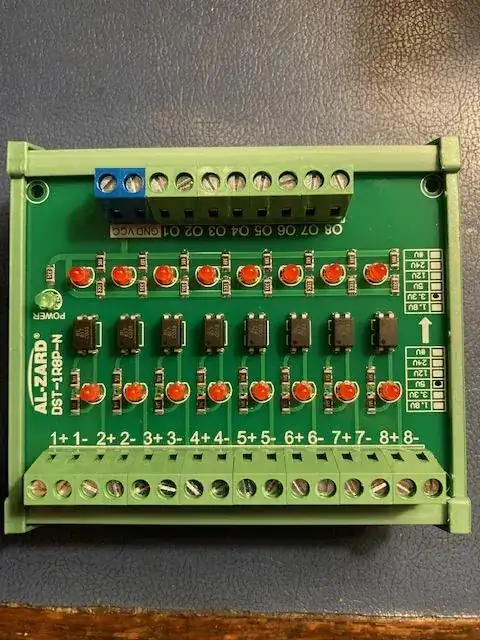Most of the sensors available in the market requires 3.3V-5V. The GPIO of the Raspberry Pi is 3.3V max only and not 5V tolerant. I have seen tutorials around the internet that they supply the sensors from 5V from the Raspberry Pi then connecting sensor's output pin to GPIO by using voltage dividers such as resistors in series to reduce it to 3.3V. My main concern is:
- Will it affect the transmission of sensor data to raspberry pi or affect the performance of the data transmission when decreasing voltage (as the sensor output voltage is reduced) ?
I am trying to compare the sensor performance if we connected the same sensor to Arduino for which we would not require a voltage divider/level shifter.
